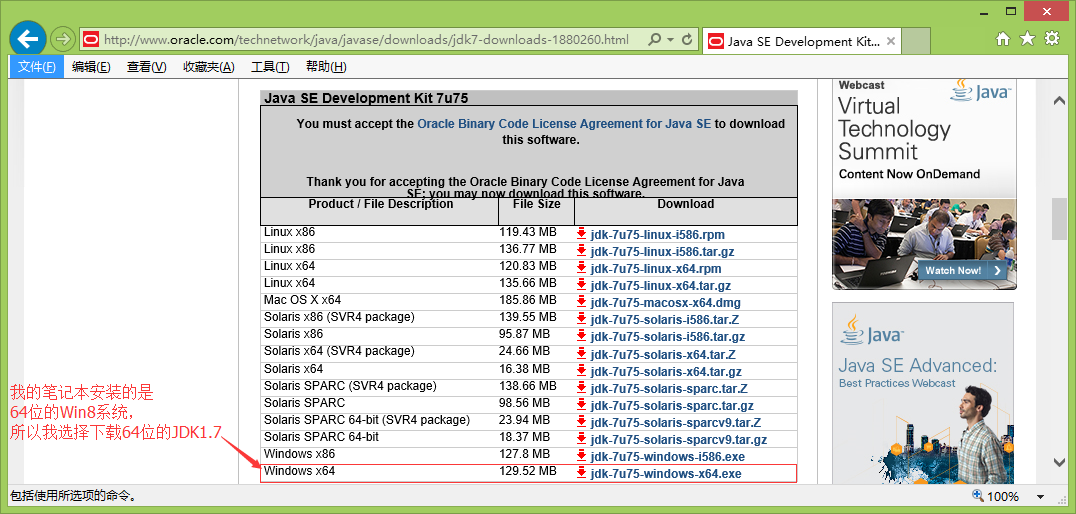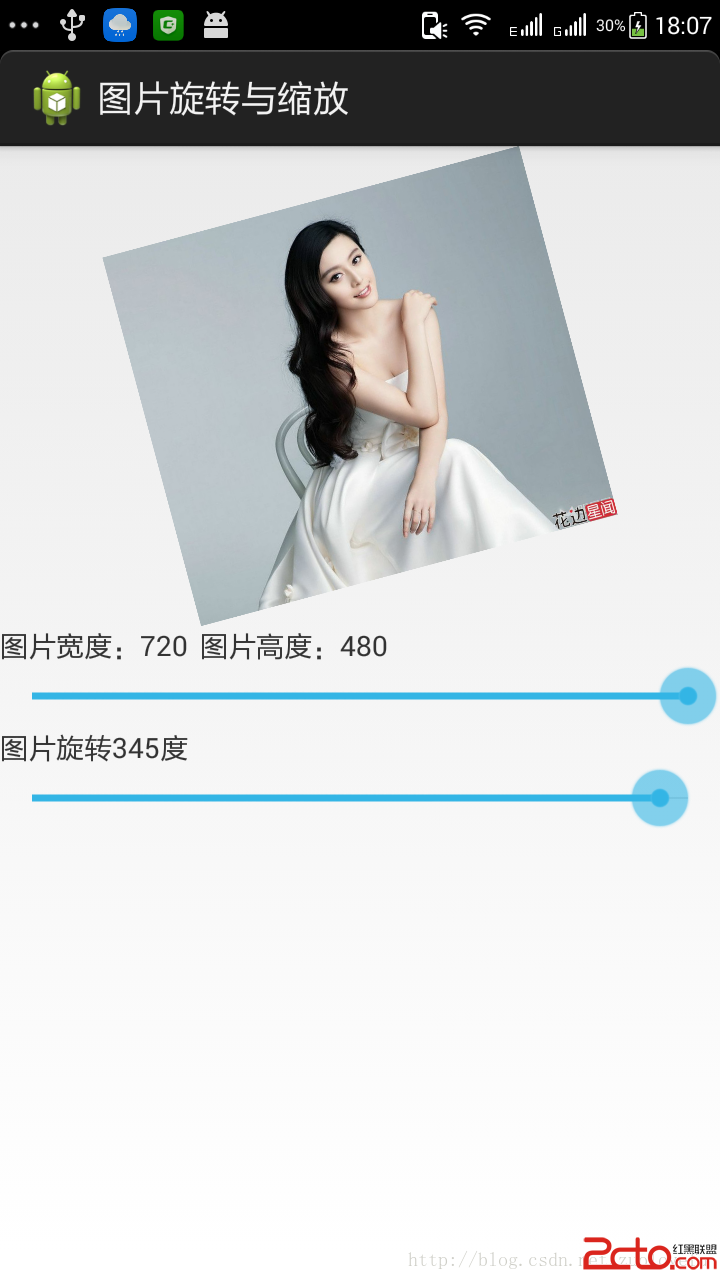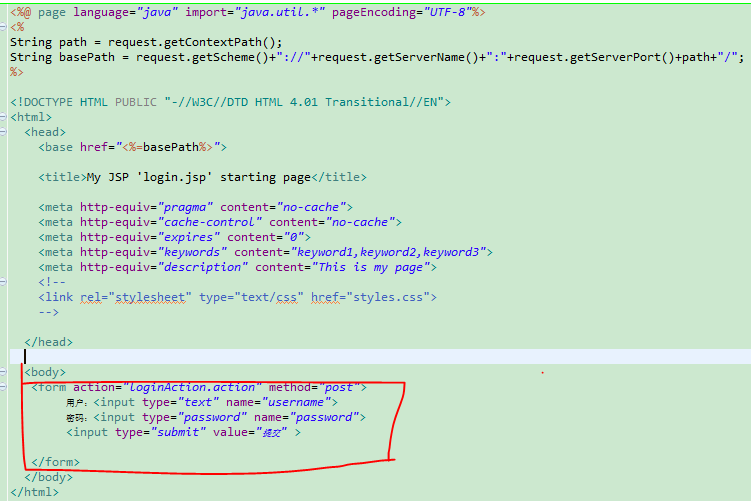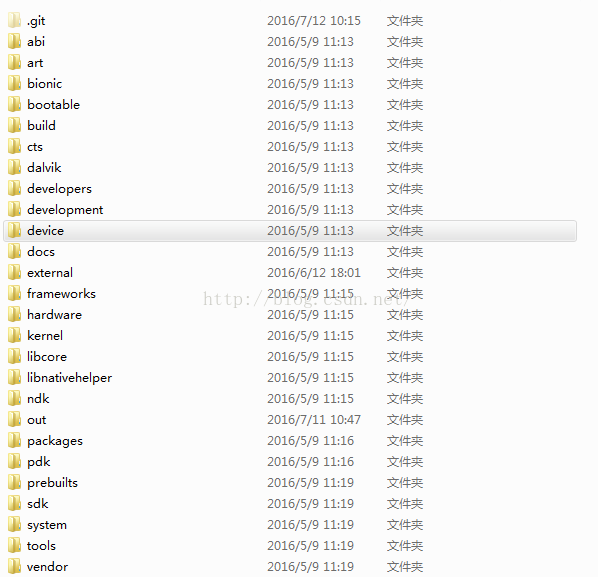編輯:關於Android編程
buildscript {
repositories {
jcenter()
}
dependencies {
classpath 'com.android.tools.build:gradle:1.5.0'
classpath 'com.neenbedankt.gradle.plugins:android-apt:1.8'
}
}
allprojects {
repositories {
jcenter()
}
}
task clean(type: Delete) {
delete rootProject.buildDir
}
apply plugin: 'com.android.application'
apply plugin: 'android-apt'
def AAVersion = '4.0+'
repositories {
jcenter()
flatDir {
dirs 'libs'
}
}
android {
compileSdkVersion 19
buildToolsVersion "23.0.2"
defaultConfig {
applicationId "source.code.watch.film"
minSdkVersion 14
targetSdkVersion 14
versionCode 1
versionName "1.0"
}
buildTypes {
release {
minifyEnabled false
proguardFiles getDefaultProguardFile('proguard-android.txt'), 'proguard-rules.pro'
}
}
signingConfigs {
debug {
storeFile file("E:\\psd\\debug.keystore")
}
}
}
dependencies {
compile fileTree(include: ['*.jar'], dir: 'libs')
apt "org.androidannotations:androidannotations:$AAVersion"
compile "org.androidannotations:androidannotations-api:$AAVersion"
}
apt {
arguments {
androidManifestFile variant.outputs[0].processResources.manifestFile
resourcePackageName 'source.code.watch.film'
}
}
今天和大家介紹下Android的懶人框架:annotation。
@EActivity(R.layout.main)
public class MyActivity extends Activity {
}
@EFragment(R.layout.my_fragment_layout)
public class MyFragment extends Fragment {
}
MyFragment fragment = new MyFragment_();
public class MyClass {
}
- 這個類必須僅僅只能有一個構造函數,參數最多有一個context
@EActivity(R.layout.main)
public class MyActivity extends Activity {
@Bean
MyClass myClass;
}
@EActivity(R.layout.main)
public class MyActivity extends Activity {
@Bean(MyClass.class)
MyClassInterface myClassInterface;
}
@EBean
public class MyClass {
@RootContext
Context context;
@RootContext
Activity activity;
@RootContext
Service service;
@RootContext
MyActivity myActivity;
}
@EActivity(R.layout.main)
public class MyActivity extends Activity {
@AfterInject
public void doSomethingAfterInjection() {
}
}
- 如果想在類創建時期做一些操作可以這麼做
@EBean(scope = Scope.Singleton)
public class MySingleton {
}
- 單例類
- 在單例類裡面不可以注入view和事件綁定,因為單例的生命周期比Activity和Service的要長,以免發生內存溢出
@EView
public class CustomButton extends Button {
@App
MyApplication application;
@StringRes
String someStringResource;
public CustomButton(Context context, AttributeSet attrs) {
super(context, attrs);
}
}
CustomButton button = CustomButton_.build(context);
@EViewGroup(R.layout.title_with_subtitle)
public class TitleWithSubtitle extends RelativeLayout {
@ViewById
protected TextView title, subtitle;
public TitleWithSubtitle(Context context, AttributeSet attrs) {
super(context, attrs);
}
public void setTexts(String titleText, String subTitleText) {
title.setText(titleText);
subtitle.setText(subTitleText);
}
}
@EApplication
public class MyApplication extends Application {
}
@EActivity(R.layout.main)
public class MyActivity extends Activity {
@App
MyApplication application;
}
@EService
public class MyService extends Service {
}
MyService_.intent(getApplication()).start();
MyService_.intent(getApplication()).stop();
@EReceiver
public class MyReceiver extends BroadcastReceiver {
}
@EActivity(R.layout.main)
public class MyActivity extends Activity {
@Receiver(actions = "org.androidannotations.ACTION_1")
protected void onAction1() {
}
}
@EProvider
public class MyContentProvider extends ContentProvider {
}
@EActivity(R.layout.main)
public class MyActivity extends Activity {
@ViewById
EditText myEditText;
@ViewById(R.id.myTextView)
TextView textView;
}
- 沒有括號裡定義的變量名稱必須和布局的id名稱一致
@EActivity(R.layout.main)
public class MyActivity extends Activity {
@ViewById
TextView myTextView;
@AfterViews
void updateTextWithDate() {
myTextView.setText("Date: " + new Date());
}
}
一定要在這裡進行view的一些設置,不要在oncreate()中設置,因為oncreate()在執行時 view還沒有注入
@EActivity(R.layout.main)
public class MyActivity extends Activity {
@StringRes(R.string.hello)
String myHelloString;
@StringRes
String hello;
}
- 不能將變量設置成私有變量
@EActivity(R.layout.main)
public class MyActivity extends Activity {
@ColorRes(R.color.backgroundColor)
int someColor;
@ColorRes
int backgroundColor;
}
@EActivity(R.layout.main)
public class MyActivity extends Activity {
@AnimationRes(R.anim.fadein)
XmlResourceParser xmlResAnim;
@AnimationRes
Animation fadein;
}
@EActivity(R.layout.main)
public class MyActivity extends Activity {
@DimensionRes(R.dimen.fontsize)
float fontSizeDimension;
@DimensionRes
float fontsize;
}
@EActivity(R.layout.main)
public class MyActivity extends Activity {
@DimensionPixelOffsetRes(R.string.fontsize)
int fontSizeDimension;
@DimensionPixelOffsetRes
int fontsize;
}
@EActivity(R.layout.main)
public class MyActivity extends Activity {
@DimensionPixelSizeRes(R.string.fontsize)
int fontSizeDimension;
@DimensionPixelSizeRes
int fontsize;
}
@EActivity(R.layout.main)
public class MyActivity extends Activity {
@Extra("myStringExtra")
String myMessage;
@Extra("myDateExtra")
Date myDateExtraWithDefaultValue = new Date();
}
@EActivity(R.layout.main)
public class MyActivity extends Activity {
@Extra
String myMessage;
}
- The name of the extra will be "myMessage",名字必須一致
MyActivity_.intent().myMessage("hello").start() ;
MyActivity_.intent().myMessage("hello").startForResult() ;
@EActivity(R.layout.main)
public class MyActivity extends Activity {
@SystemService
NotificationManager notificationManager;
}
@EActivity(R.layout.main)
public class MyActivity extends Activity {
@HtmlRes(R.string.hello_html)
Spanned myHelloString;
@HtmlRes
CharSequence helloHtml;
}
@EActivity(R.layout.main)
public class MyActivity extends Activity {
@ViewById(R.id.my_text_view)
@FromHtml(R.string.hello_html)
TextView textView;
@ViewById
@FromHtml
TextView hello_html;
}
- 必須用在TextView
@EActivity(R.layout.main)
public class MyActivity extends Activity {
@NonConfigurationInstance
Bitmap someBitmap;
@NonConfigurationInstance
@Bean
MyBackgroundTask myBackgroundTask;
}
- 等同於Activity.onRetainNonConfigurationInstance()
@Click(R.id.myButton)
void myButtonWasClicked() {
}
@Click
void anotherButton() {
}
@Click
void yetAnotherButton(View clickedView) {
}
- LongClick和這個類似
@SeekBarProgressChange(R.id.seekBar)
void onProgressChangeOnSeekBar(SeekBar seekBar, int progress, boolean fromUser) {
}
@SeekBarProgressChange(R.id.seekBar)
void onProgressChangeOnSeekBar(SeekBar seekBar, int progress) {
}
@SeekBarProgressChange({R.id.seekBar1, R.id.seekBar2})
void onProgressChangeOnSeekBar(SeekBar seekBar) {
}
@SeekBarProgressChange({R.id.seekBar1, R.id.seekBar2})
void onProgressChangeOnSeekBar() {
}
- @SeekBarTouchStart 和 @SeekBarTouchStop 接受開始和結束事件的監聽
@TextChange(R.id.helloTextView)
void onTextChangesOnHelloTextView(CharSequence text, TextView hello, int before, int start, int count) {
}
@TextChange
void helloTextViewTextChanged(TextView hello) {
}
@TextChange({R.id.editText, R.id.helloTextView})
void onTextChangesOnSomeTextViews(TextView tv, CharSequence text) {
}
@TextChange(R.id.helloTextView)
void onTextChangesOnHelloTextView() {
}
@BeforeTextChange(R.id.helloTextView)
void beforeTextChangedOnHelloTextView(TextView hello, CharSequence text, int start, int count, int after) {
}
@BeforeTextChange
void helloTextViewBeforeTextChanged(TextView hello) {
}
@BeforeTextChange({R.id.editText, R.id.helloTextView})
void beforeTextChangedOnSomeTextViews(TextView tv, CharSequence text) {
}
@BeforeTextChange(R.id.helloTextView)
void beforeTextChangedOnHelloTextView() {
}
@AfterTextChange(R.id.helloTextView)
void afterTextChangedOnHelloTextView(Editable text, TextView hello) {
}
@AfterTextChange
void helloTextViewAfterTextChanged(TextView hello) {
}
@AfterTextChange({R.id.editText, R.id.helloTextView})
void afterTextChangedOnSomeTextViews(TextView tv, Editable text) {
}
@AfterTextChange(R.id.helloTextView)
void afterTextChangedOnHelloTextView() {
}
void myMethod() {
someBackgroundWork("hello", 42);
}
@Background
void someBackgroundWork(String aParam, long anotherParam) {
}
- 後台運行
void myMethod() {
someCancellableBackground("hello", 42);
boolean mayInterruptIfRunning = true;
BackgroundExecutor.cancelAll("cancellable_task", mayInterruptIfRunning);
}
@Background(id="cancellable_task")
void someCancellableBackground(String aParam, long anotherParam) {
}
void myMethod() {
for (int i = 0; i < 10; i++)
someSequentialBackgroundMethod(i);
}
@Background(serial = "test")
void someSequentialBackgroundMethod(int i) {
SystemClock.sleep(new Random().nextInt(2000)+1000);
Log.d("AA", "value : " + i);
}
- 非並發執行
@Background(delay=2000)
void doInBackgroundAfterTwoSeconds() {
}
- 延遲執行
void myMethod() {
doInUiThread("hello", 42);
}
@UiThread
void doInUiThread(String aParam, long anotherParam) {
}
- UI線程
@UiThread(delay=2000)
void doInUiThreadAfterTwoSeconds() {
}
- 延遲
@UiThread(propagation = Propagation.REUSE)
void runInSameThreadIfOnUiThread() {
}
- 優化UI線程
@EActivity(R.layout.main)
public class MyActivity extends Activity {
@Background
void doSomeStuffInBackground() {
publishProgress(0);
publishProgress(10);
publishProgress(100);
}
@UiThread
void publishProgress(int progress) {
}
}
- 後台向UI線程傳值
@OnActivityResult(REQUEST_CODE)
void onResult(int resultCode, Intent data) {
}
@OnActivityResult(REQUEST_CODE)
void onResult(int resultCode) {
}
@OnActivityResult(ANOTHER_REQUEST_CODE)
void onResult(Intent data) {
}
@OnActivityResult(ANOTHER_REQUEST_CODE)
void onResult() {
}
好了。關於annotation的介就是這麼多。歡迎進群交流。還有,求工作啊!!!!
 圖文詳解Android Studio搭建Android集成開發環境的過程
圖文詳解Android Studio搭建Android集成開發環境的過程
有很長一段時間沒有更新博客了,最近實在是太忙了,沒有時間去總結,現在終於可以有時間去總結一些Android上面的東西了,很久以前寫過這篇關於使用Android Studi
 android學習記錄UI篇-----imageView實現圖片的旋轉和縮放
android學習記錄UI篇-----imageView實現圖片的旋轉和縮放
感覺在代碼中寫出解析會比較好看,我直接在程序代碼中解析所用的方法吧。 MainActivity: package com.example.imageview_demo
 《struts2接受輸入參數的三種方式》
《struts2接受輸入參數的三種方式》
struts2 接收輸入參數的3種方式在我們的生活中,有很多的網頁都存在用戶登陸界面,當我們在登陸界面上輸入自己的用戶名和密碼後,這些數據都會傳入後台,供後台來驗證我們所
 Android 5.1.1 源碼目錄結構
Android 5.1.1 源碼目錄結構
最近公司培訓新同事,我負責整理一點關於android的基礎知識,遙想當年,剛接觸android,也是一頭霧水,啥都不懂,就是靠看文檔和視頻,對andro